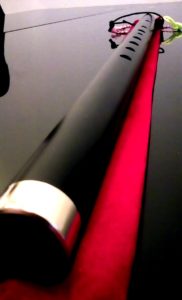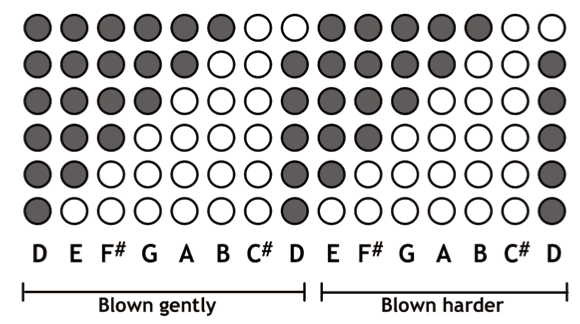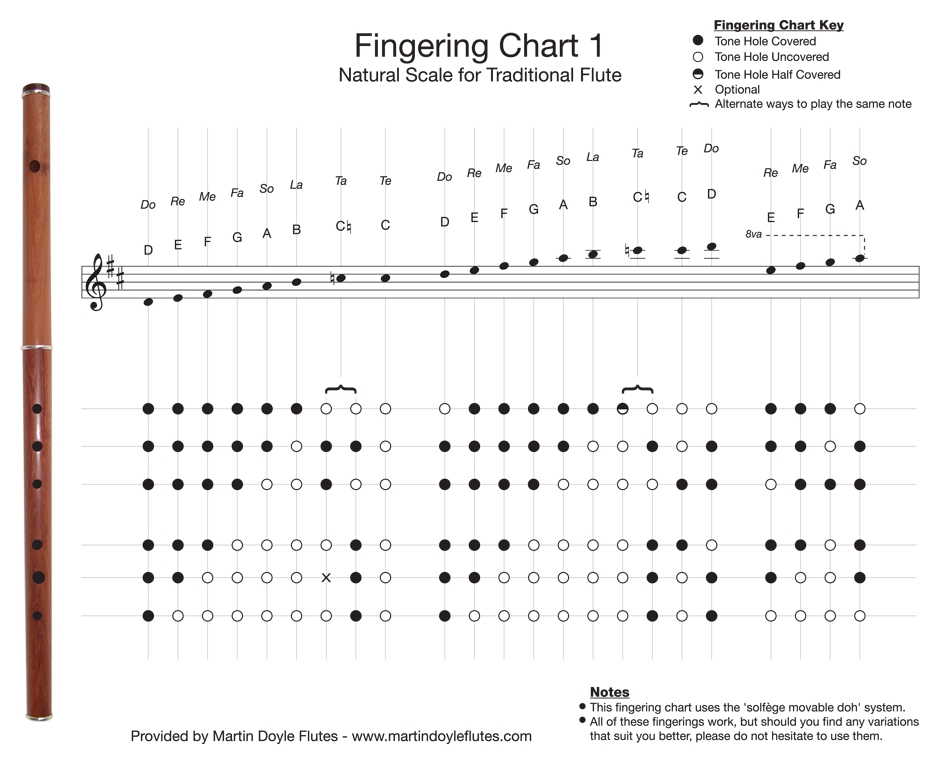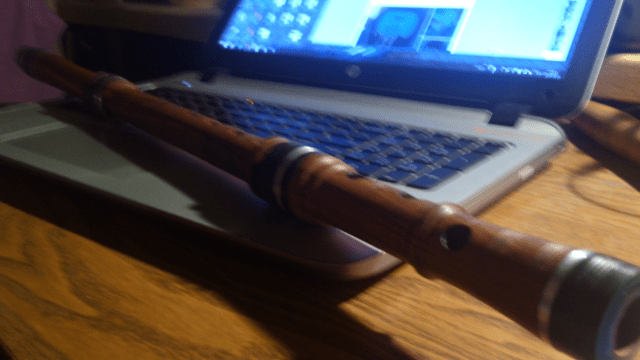W końcu zebrałem modele whistle z materiałów, które lubię w tych instrumentach, akurat w tym typie instrumentów nie przepadam za drewnem, drewno lubię we fletach prostych. Jak widać zero obiektywizmu, takie moje uprzedzenia :).

Na zdjęciu whistle D i jeden Es. W sumie tonacja nie ma tu znaczenia, to tylko opis zdjęcia ;), do porównania raczej zależało mi tylko na tym samym (zbliżonym) zakresie tonalnym by ocena brzmienia była możliwie obiektywna.
Od góry mamy:
- whistle D w całości wykonany z tworzywa sztucznego (prod. Tony Dixon)
- whistle Es, gwizdek wykonany z tworzywa sztucznego a korpus z cienkiej blachy mosiężnej (prod. Tony Dixon)
- whistle D wykonany w całości z toczonego aluminium, gr. ścianki ok. 1 mm (prod. EthnicWind)
- whistle D, gwizdek wykonany z tworzywa sztucznego a korpus z toczonego mosiądzu, gr, ścianki ok. 1 mm (prod. Tony Dixon)
Generalnie gwizdek z tworzywa sztucznego ma tę zaletę, że nie zbiera się w nim skroplona para wodna jak w gwizdku metalowym. Osobiście zgadzam się tymi, którzy uważają, że na brzmienie whistle’a ma wpływ kształt nie materiał z jakiego wykonany jest gwizdek oraz materiał korpusu (który rezonuje).
A teraz moje wrażenia i doświadczenie:
- whistle w całości plastikowy to instrument dość cichy, ma miękkie brzmienie, ale jest nie czuły na warunki (temperatura i wilgotność), grając z nagłośnieniem chyba ideał, testowany to produkcja seryjna,
- whistle z cienkiej blachy mosiężnej ma nieco “twardsze” brzmienie, jak ktoś woli “metaliczny” ton i nie grywa na wolnym powietrzu to jest to bardzo dobry wybór, na zdjęciu produkcja seryjna,
- toczone aluminium (grubość ścianki ok. 1 mm), krawędź w gwizdku półkolista (cechy whistle’a EthnicWind), instrument głośniejszy ale o bardzo aksamitnym brzmieniu (aluminiom jest miękkie), do grania smutasów w rodzaju slow air idealny :), produkcja na zamówienie,
- na koniec mój nowy rarytas: gwizdek z tworzywa a korpus z toczonego mosiądzu (grubość ścianki ok. 1 mm): to jest po protu dzwon! (mosiądz jest twardy), z wyżej wymienionych najgłośniejszy (chyba nawet dwukrotnie, czuje w uszach jak gram), ostre i lekko szumiące brzmienie czyli mój ideał whistle’a, produkcja na zamówienie.
Wszystkie mają możliwość dostrojenia i stroją bardzo dobrze (innych już nie kupuję 😉 więc skupiłem się brzmieniu. Za wyjątkiem drugiego (cienka blacha mosiężna), charakteryzują się relatywnie małą różnicą głośności pomiędzy pierwszą a druga oktawą.
Producenci: Tony Dixon Music oraz EthnicWind.





